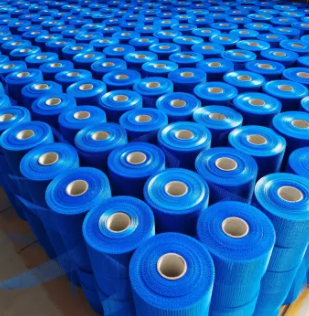Is it necessary to tape drywall joints?
When it comes to creating smooth, seamless walls in construction, the process of taping drywall joints is a fundamental step that should not be overlooked. Taping serves as more than just a finishing touch; it plays a crucial role in ensuring the stability, appearance, and longevity of the walls.
1. Ensuring Structural Integrity:
1.1 Joint Reinforcement:
Taping drywall joints is essential for reinforcing the joints between individual sheets of drywall. These joints, where two pieces of drywall meet, are vulnerable points that need proper reinforcement to prevent cracks and ensure structural stability.
1.2 Preventing Joint Movement:
Taping not only reinforces joints but also helps in preventing joint movement over time. Without proper taping, changes in temperature and settling of the building can lead to joint cracks, compromising the integrity of the wall.
2. Achieving a Smooth Surface:
2.1 Seamless Appearance:
Taping is indispensable for achieving a seamless and smooth appearance on the walls. Properly taped and finished drywall joints create a uniform surface that is aesthetically pleasing and ready for painting or other decorative finishes.
2.2 Eliminating Visible Joints:
Untaped drywall joints are prone to developing visible seams, especially under certain lighting conditions. Taping conceals these joints, creating a visually appealing surface with minimal to no visible seams.
3. Minimizing Joint Shrinkage:
3.1 Joint Compound Compatibility:
Taping provides a surface for joint compound application, ensuring a strong bond between the joint compound and the drywall. This bond helps minimize joint shrinkage as the compound dries, preventing the development of cracks over time.
3.2 Long-Term Stability:
Taping, when combined with joint compound and proper finishing techniques, contributes to the long-term stability of the drywall installation. It creates a durable surface that resists the effects of settling, temperature changes, and other factors that can impact the integrity of the joints.
4. Essential Taping Techniques:
4.1 Paper or Mesh Tape:
Paper tape or fiberglass mesh tape is commonly used for taping drywall joints. The choice between the two depends on factors such as personal preference, specific project requirements, and the type of joint being taped.
4.2 Joint Compound Application:
The application of joint compound is a critical step in the taping process. After taping, multiple layers of joint compound are applied and feathered out to create a smooth transition from the joint to the surrounding drywall.
5. Professional Finish:
5.1 Skilled Craftsmanship:
Taping drywall joints requires skill and precision. Professional drywall installers and finishers are adept at employing techniques that result in a seamless finish, ensuring that the joints are effectively concealed.
5.2 Quality Assurance:
When done by skilled professionals, taping drywall joints ensures a high level of quality assurance. This is particularly important for projects where the appearance and structural integrity of the walls are critical.
6. Conclusion: A Non-Negotiable Step:
Taping drywall joints is not just a recommended step; it is a non-negotiable requirement in the drywall installation process. The benefits of reinforcement, seamless appearance, and long-term stability make taping an essential component in achieving professional and durable results. Whether for residential, commercial, or industrial projects, investing the time and effort into proper taping techniques ensures that the finished walls stand the test of time, providing a solid foundation for subsequent finishes and maintaining the overall quality of the construction.
522
0
0



Comments
All Comments (0)